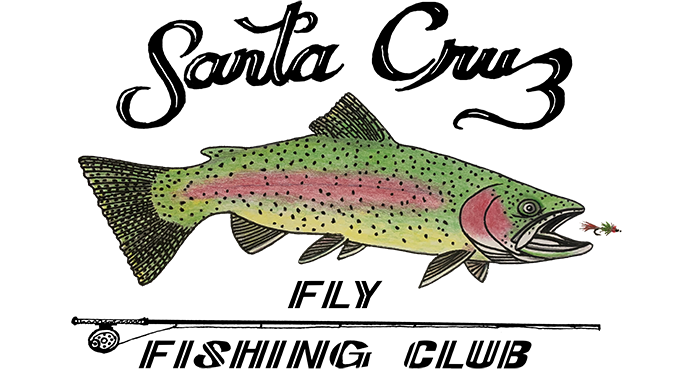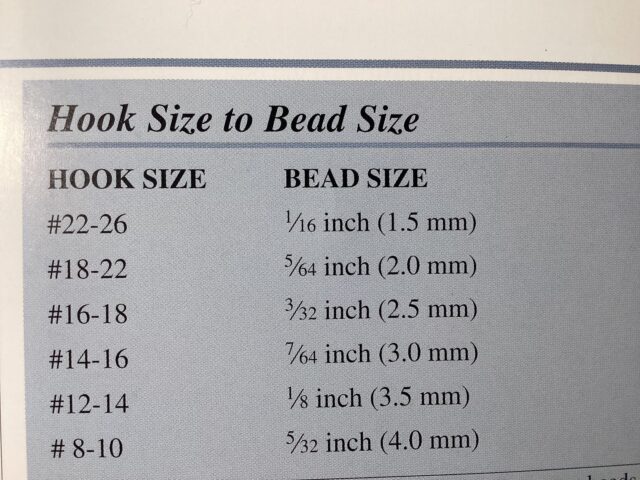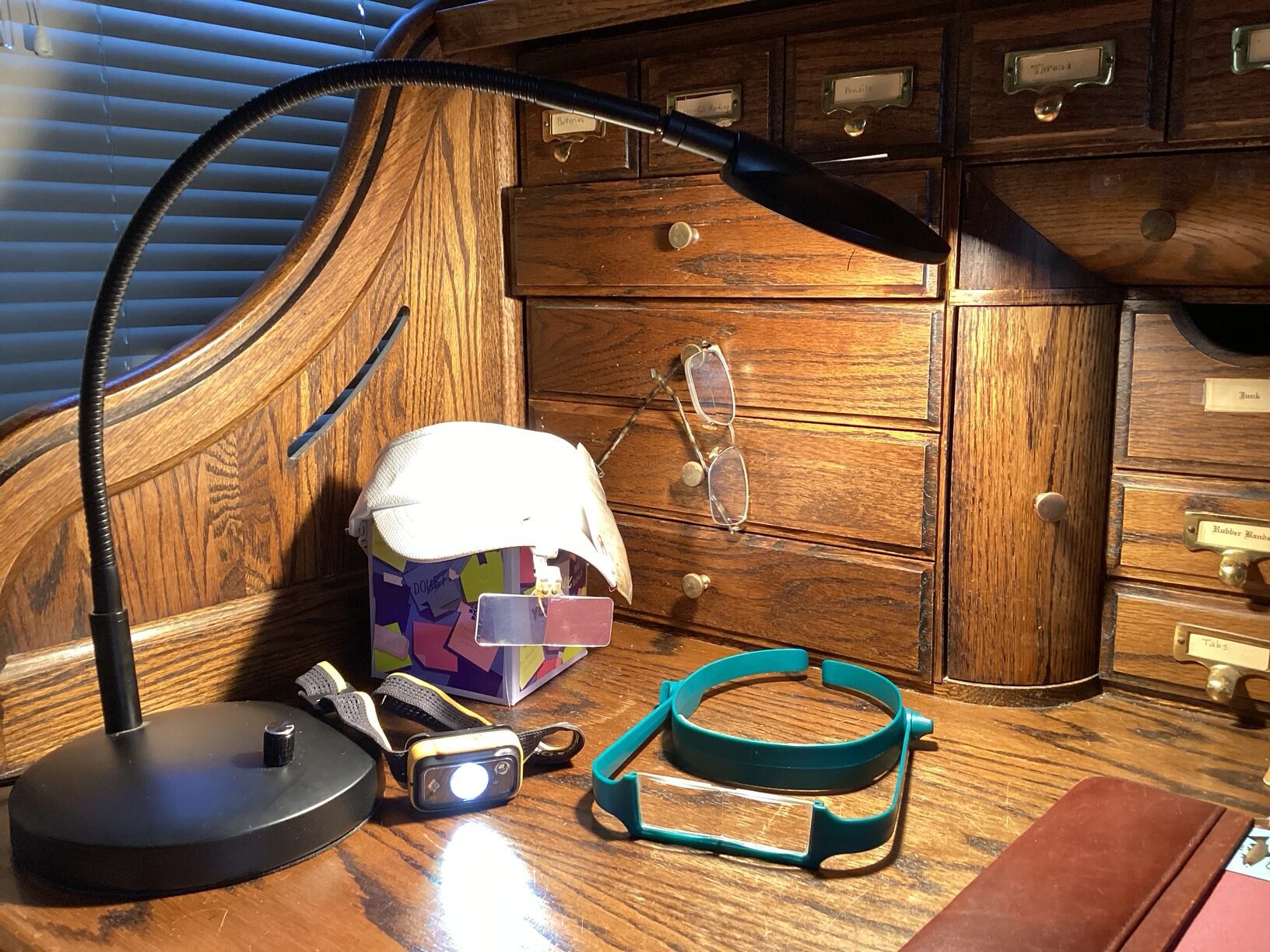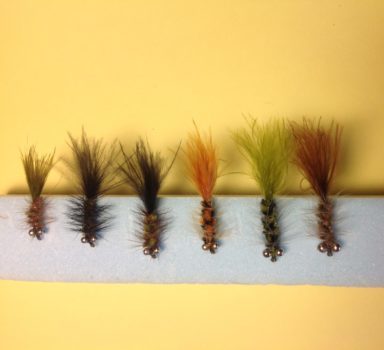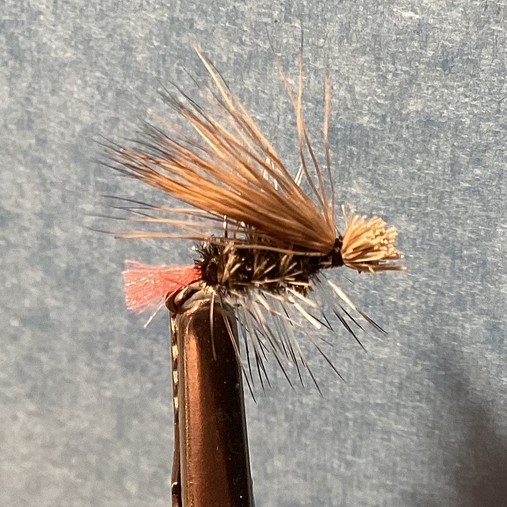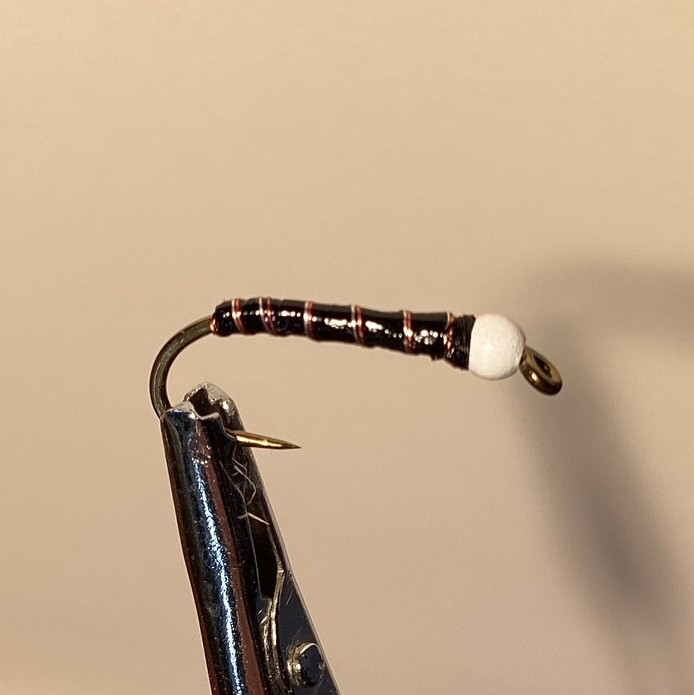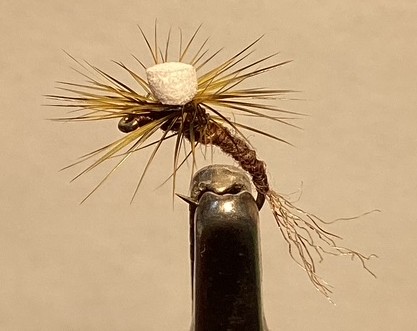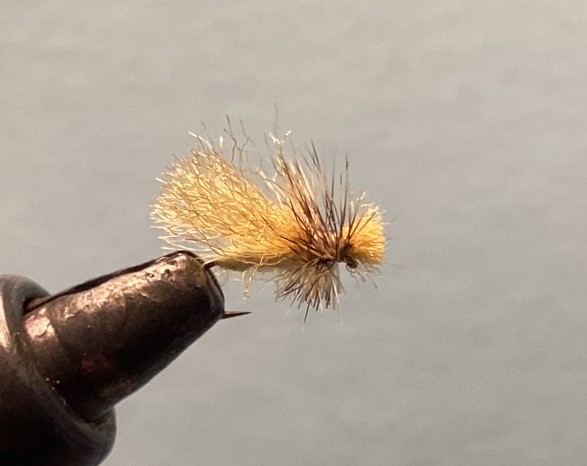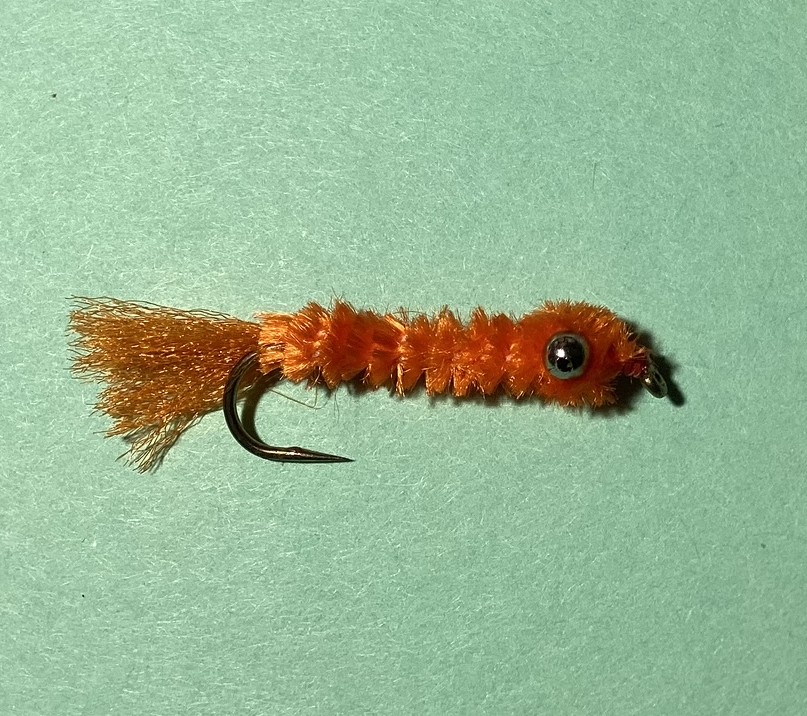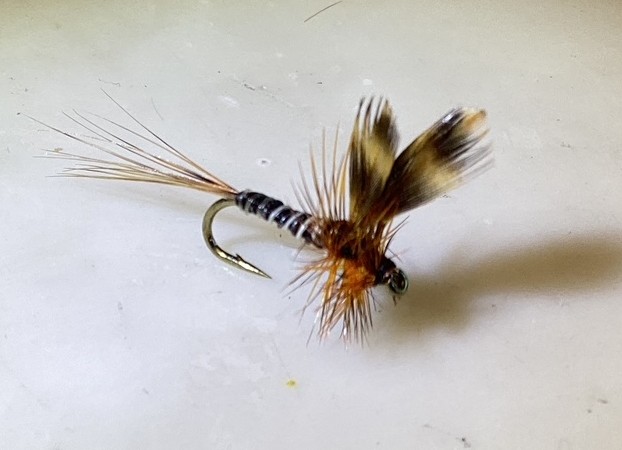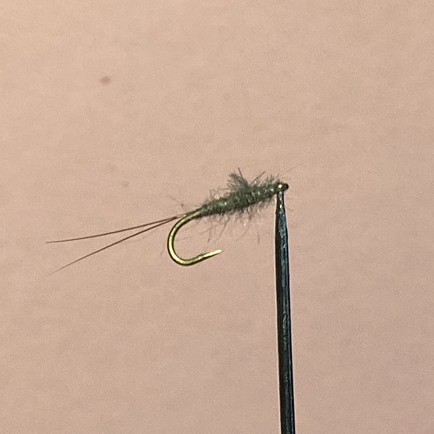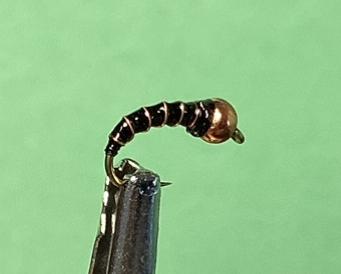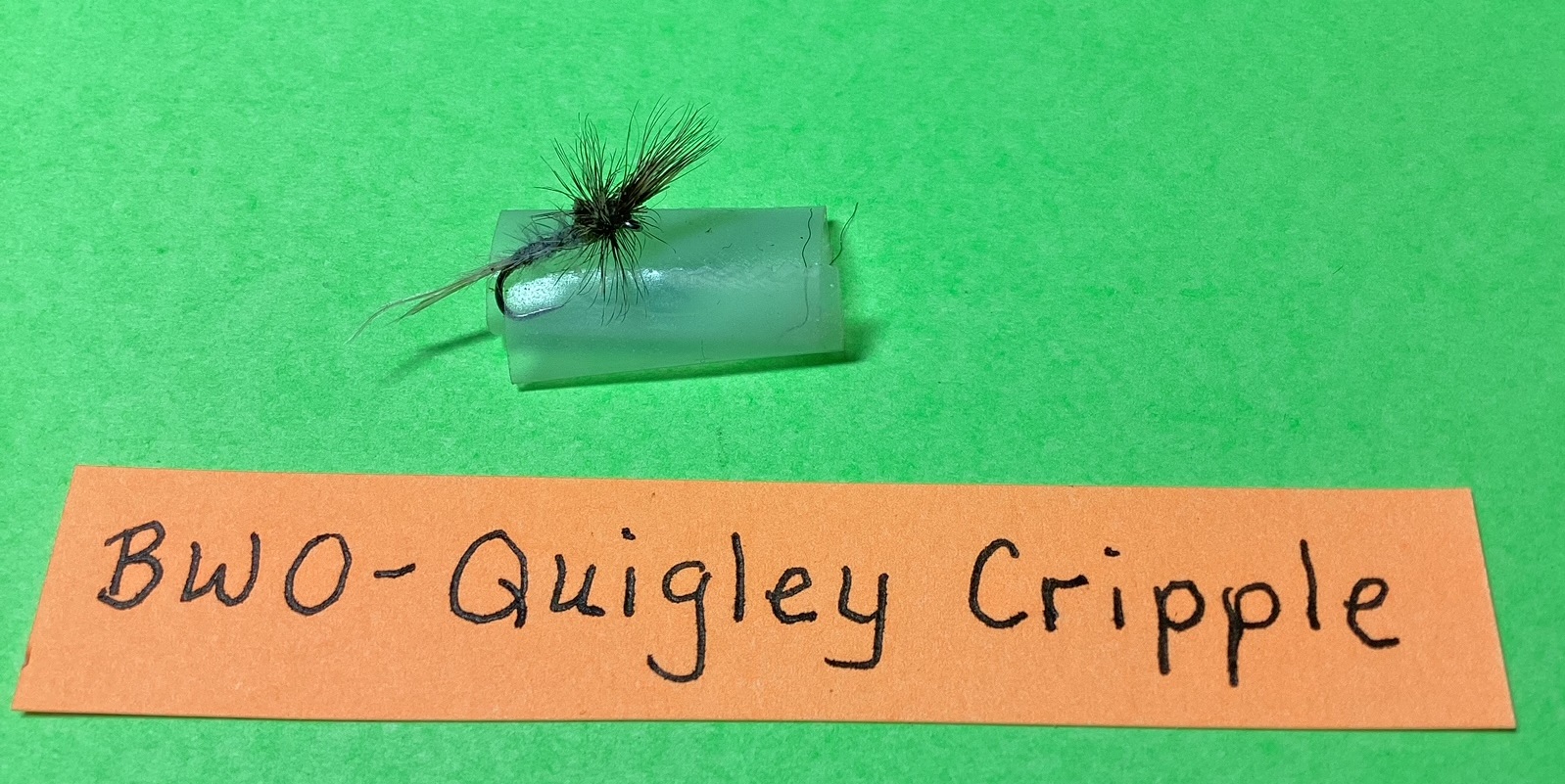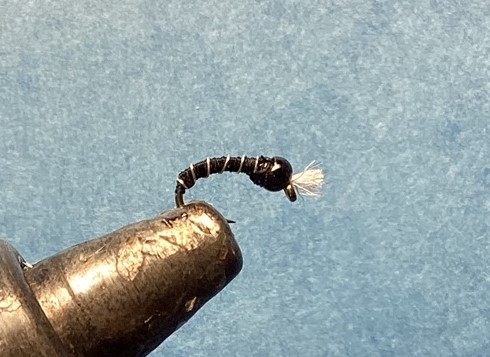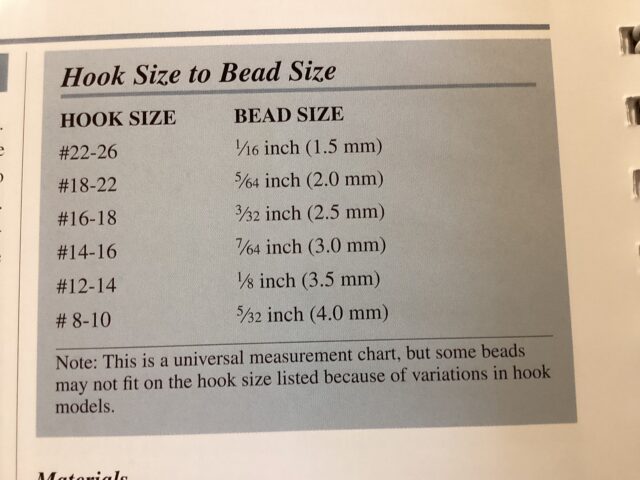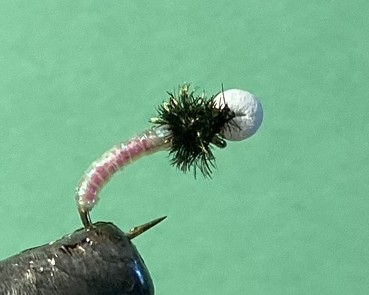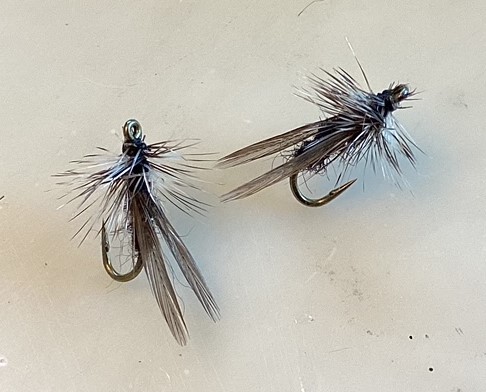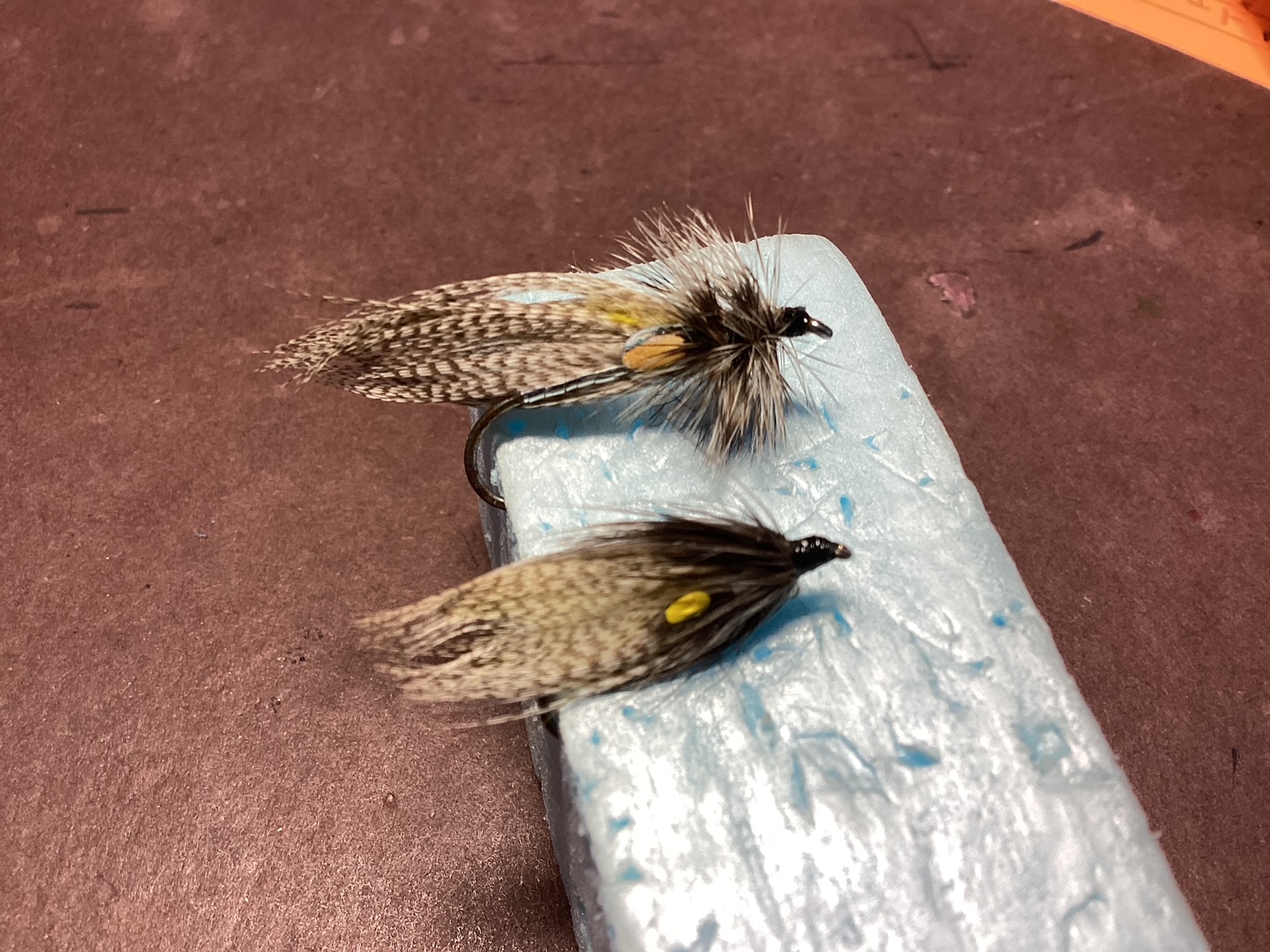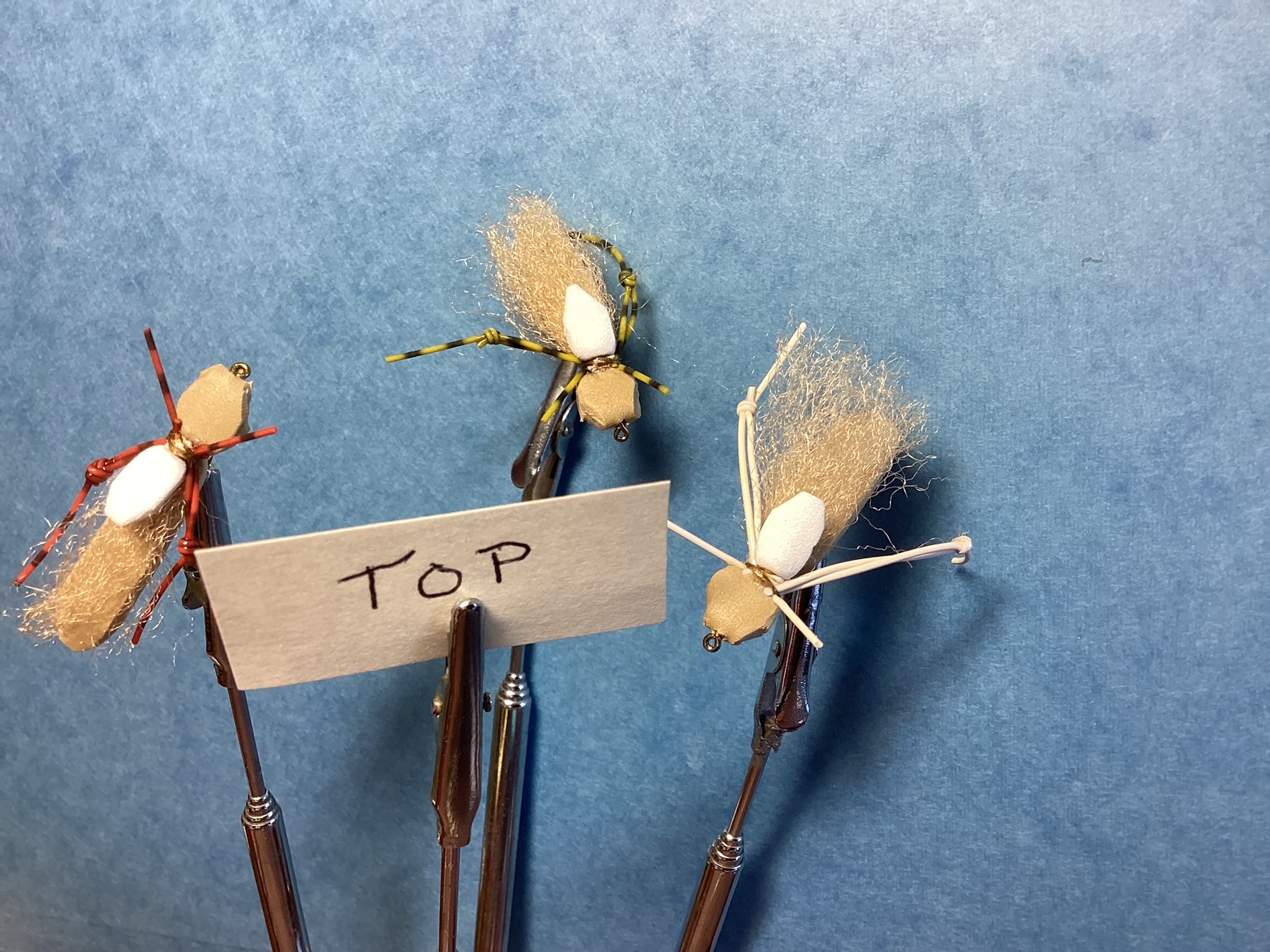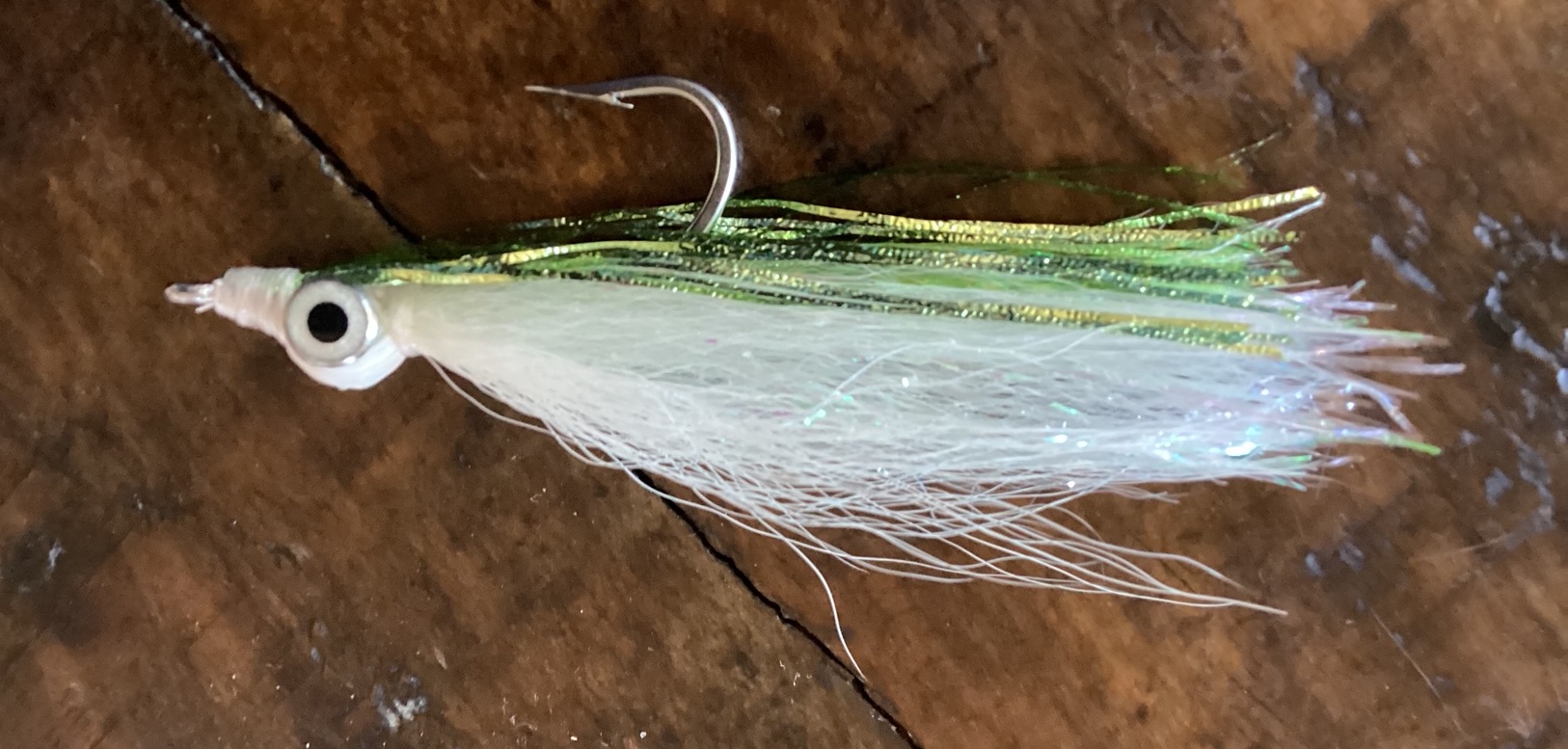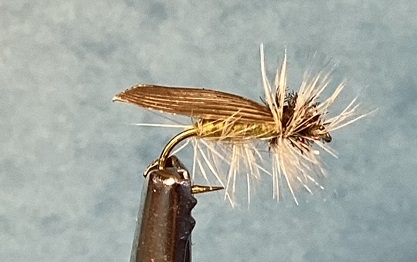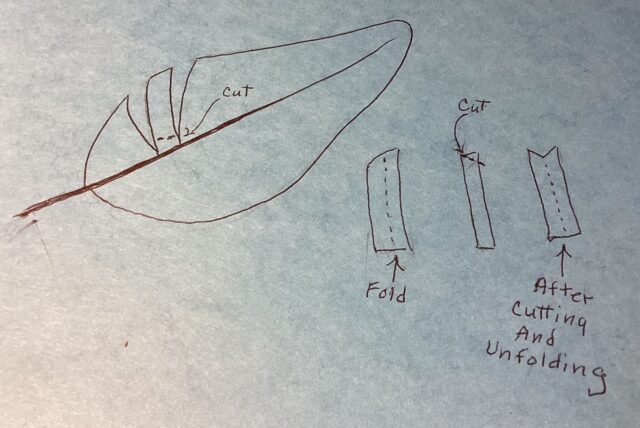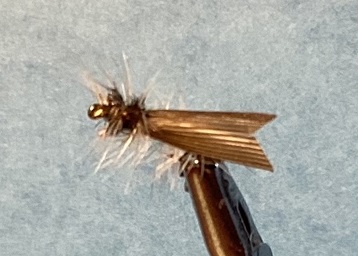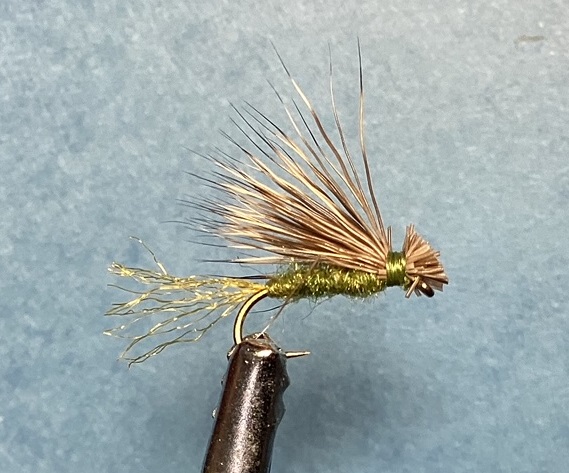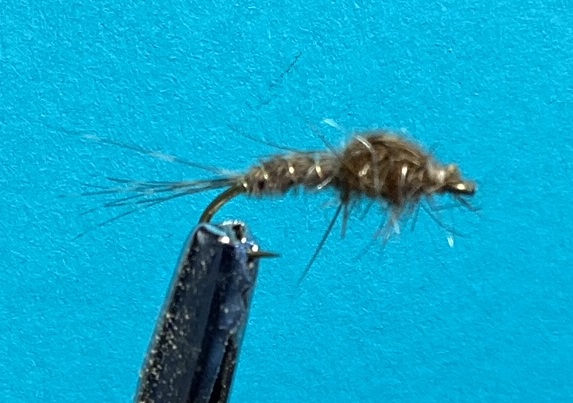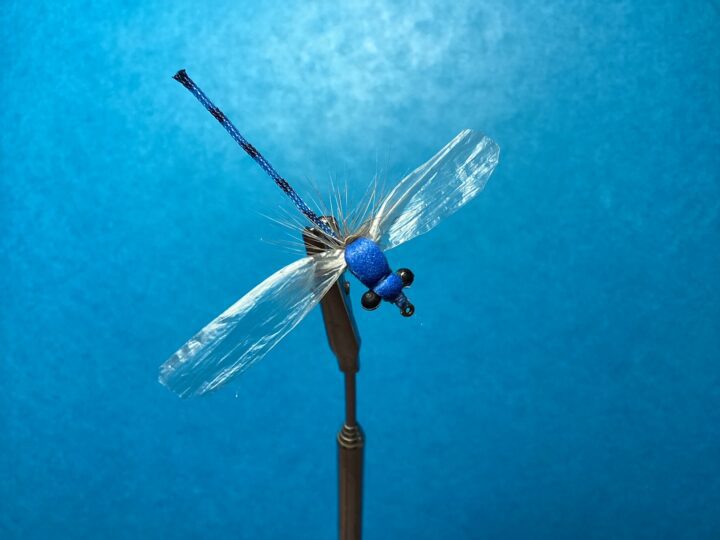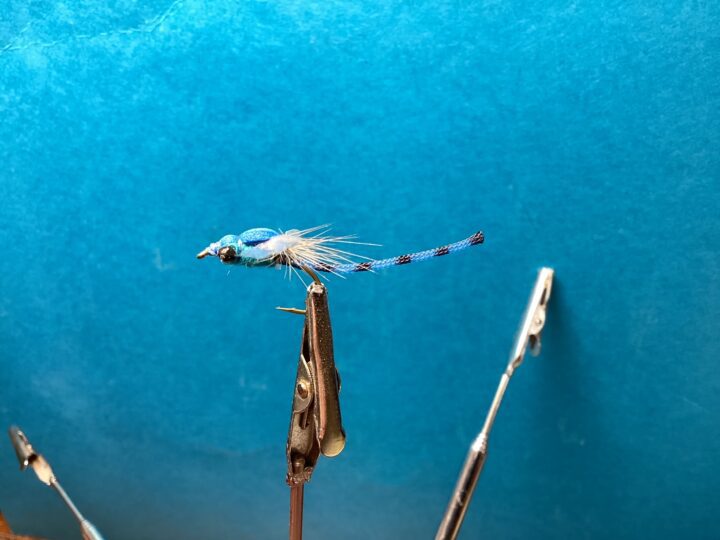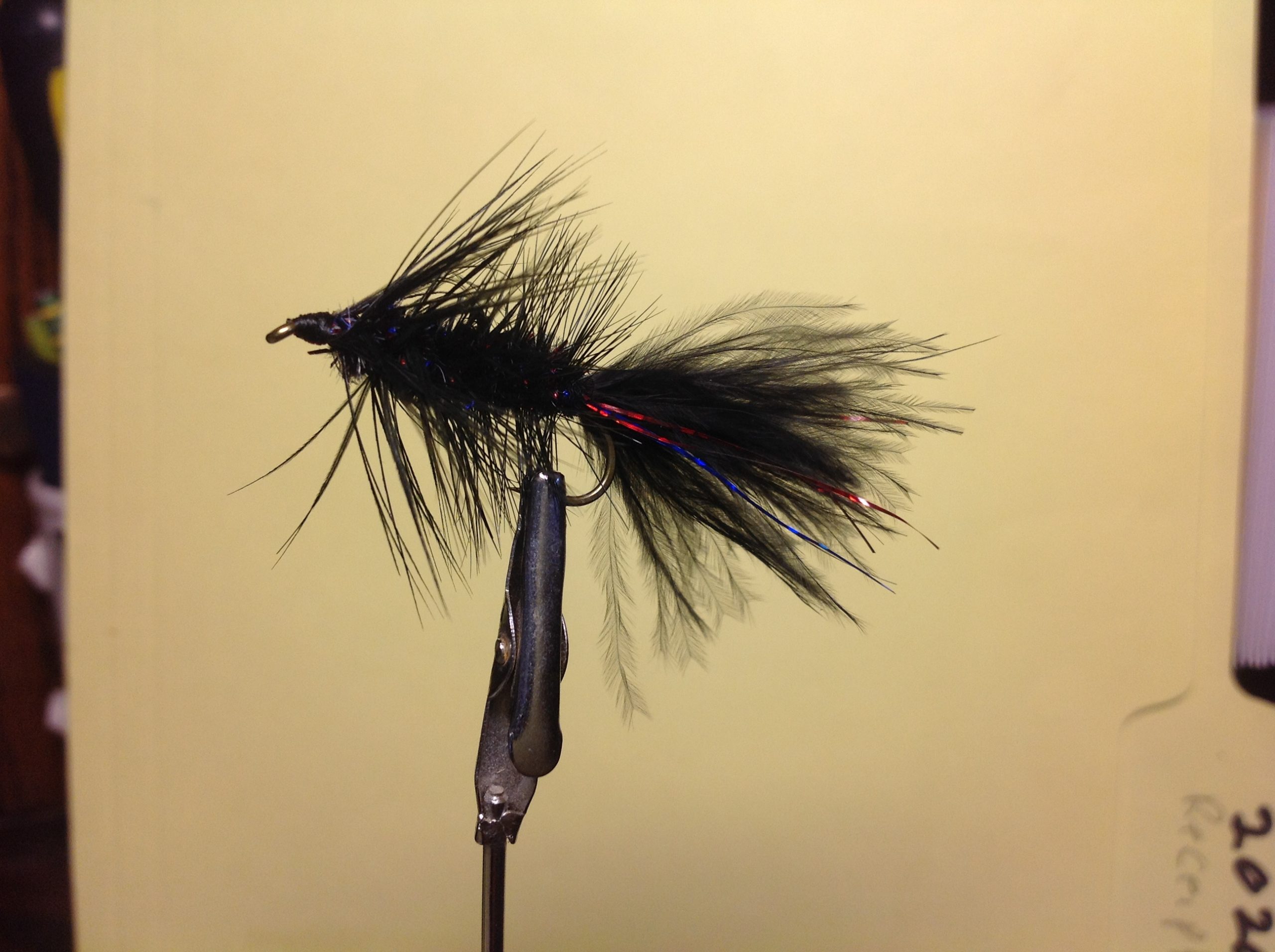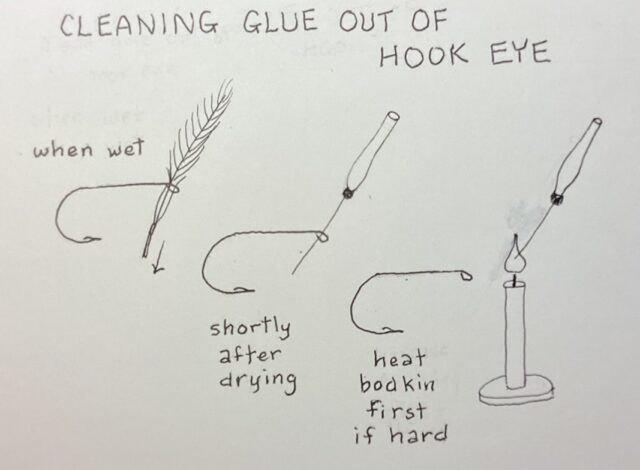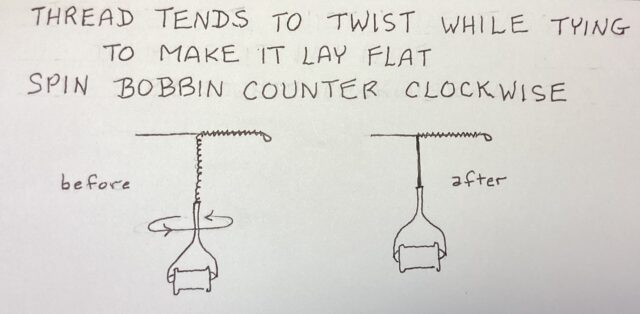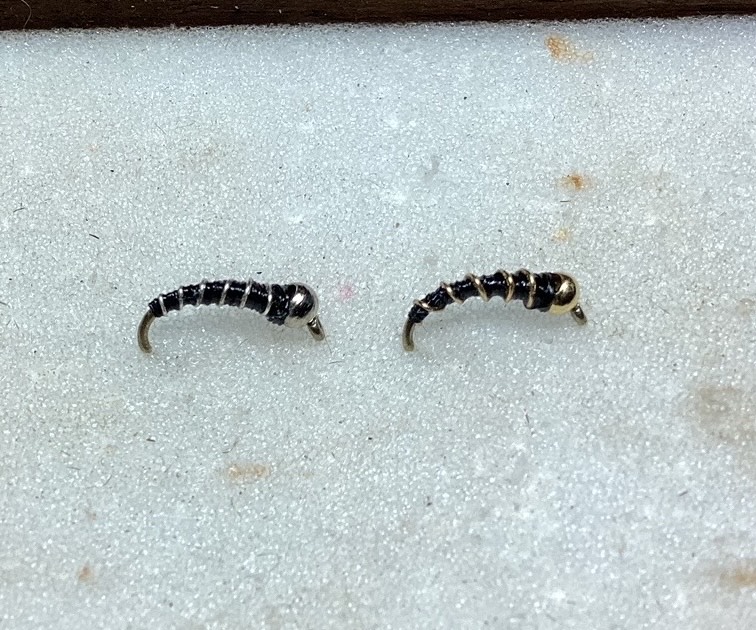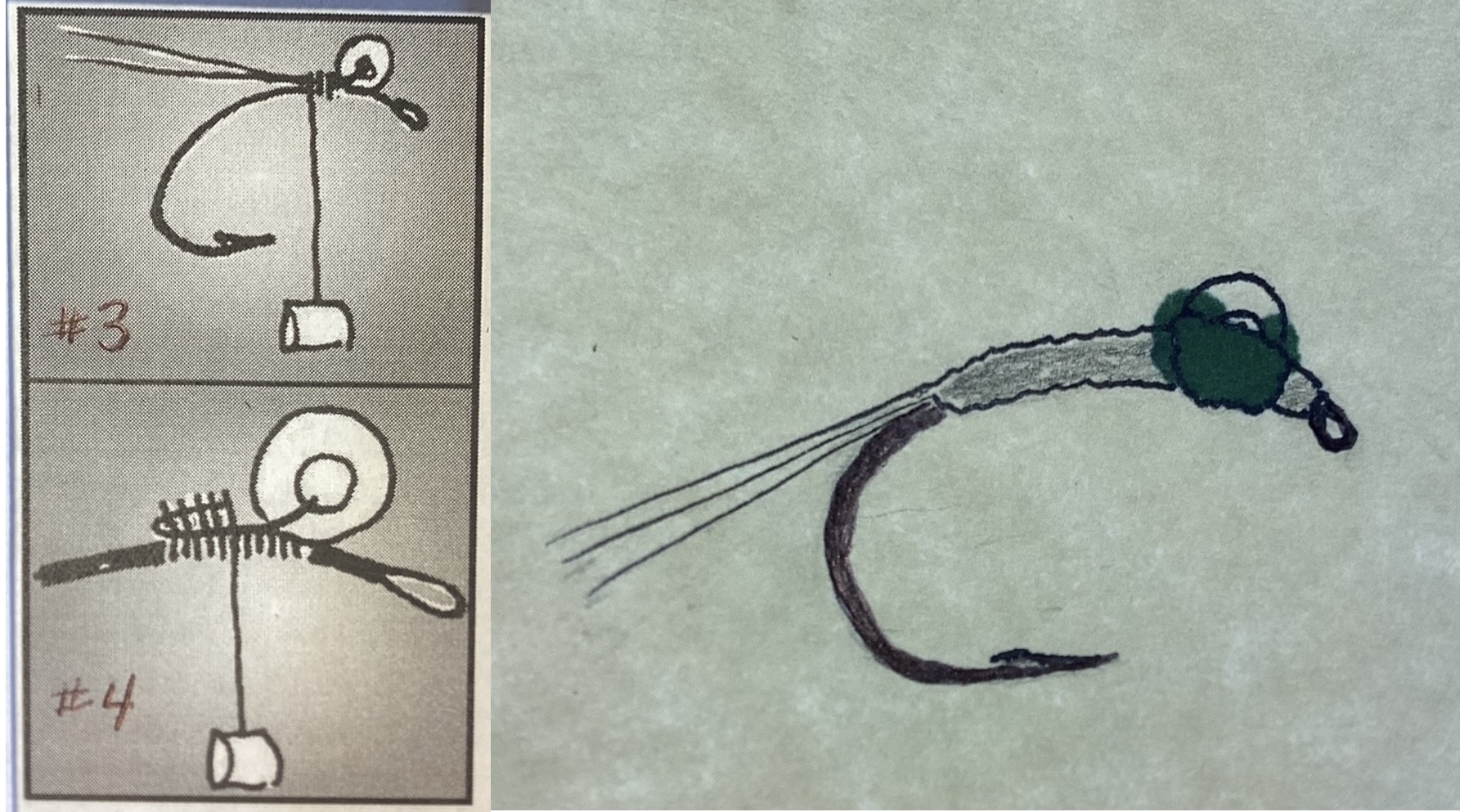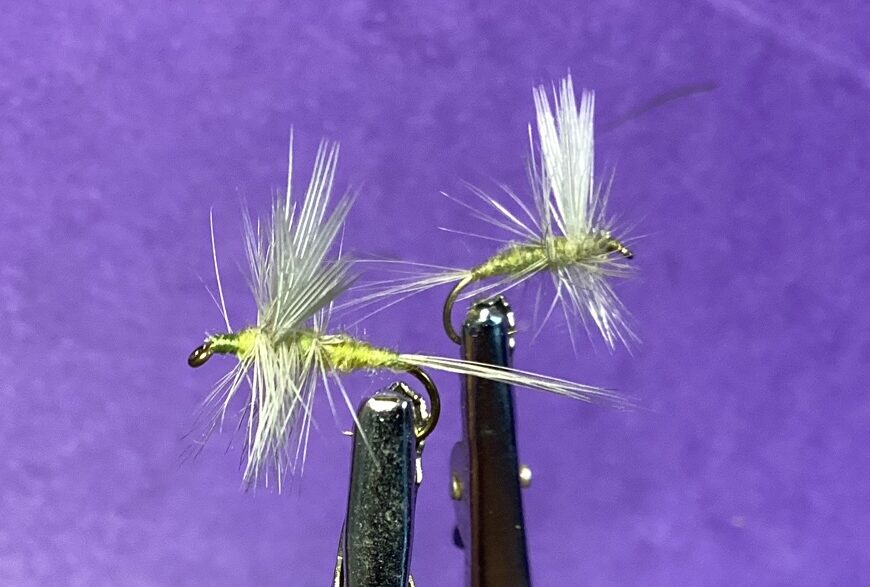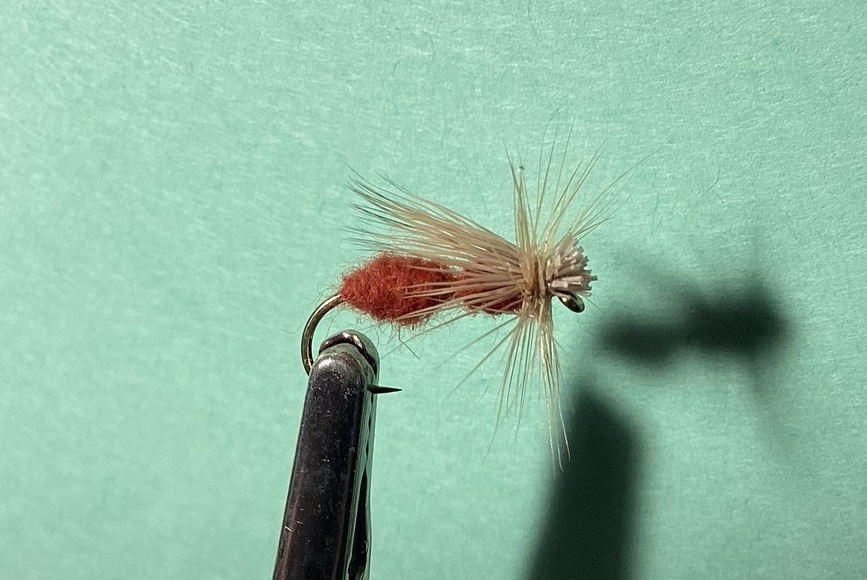
Trout readily eat ants that accidentally end up in the water. There are many patterns around but are often difficult to see. This one will catch your eye because of the deer hair.
1. HOOK: TMC 100 Size 12–14. Crimp barb.
2. THREAD: 8/0 Cream or tan. Attach behind eye. Touching wraps to rear of shank.
3. REAR BODY: Reddish brown, super fine dubbing. If unable to find mix the 2 colors. Dub and eye shaped round body 1/3 the way up the shank. See diagram for size and shape. Make two touching thread wraps forward.
4. FORWARD BODY: Same material as rear body. Wrap around body up to one and an half eye lengths behind eye. Don’t crowd eye. This will be smaller than the rear body. See diagram for size and shape.
5. WING: Light fine, deer hair. Cut small clump from hide. Clean out under fur. Stack tips. Position bundle on top of shank with tips to rear and above center of rear body. Tie in place with first loop of thread around hair only and second around both hair and shank. Make a couple of snug wraps. lift butt ends of hair and make one wrap under hairs behind eye. Then one more wrap around hair and shank. Cut but ends at an angle. See diagram for the angle and length.
6. HACKLE: Light ginger, barbs equal to one and a half hook gap. Stroke barbs against grain at butt end. Cut about five or six barbs short on each side of the stem forming a crew cut. Put small drop of glue on top of shank where hackle was tied down. Place crew cut on top of glue, tip of feather to rear and dull side facing upward. Wrap around shank several times. Tie off, cut excess. Whip finish behind eye underneath deer hair.
Posted on November 24th, 2025
